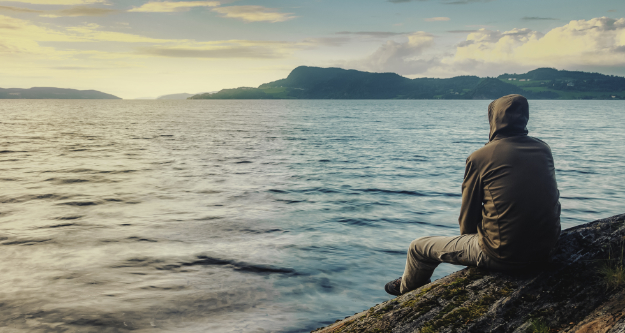
Why you should STOP!
Jan 28, 2024
Jay
Survival Skills
No this is not an excuse for you to stop with your plans and give up on your dreams. This phrase is actually the opposite, it’s a perfect mantra to look back and reflect! STOP, or S. T. O. P. Is actually an acronym that stands for Stop, Think, Observe and Plan.
It is an idea and technique that is used for ages, not only in survival situations but also for corporate meetings and mindfulness trainings. It’s a useful tool to just clear your mind and put everything in perspective. In tough and harsh situations it might help you to think clear and remember just not to panic, as panic could in some situations mean the difference between perish and survival.
Stop for a Moment
Stop, or sometimes revered to as stay or sit, is the first step when you’ll find yourself in a situation where you are lost. It mainly means you shouldn’t go running around but stay calm, stop and gather your mind.
Just take a seat, calm yourself and take a few breaths. Use for example some Autogenetic Breathing is a good practice to try in stressful and helps you to calm your mind and control your fears. Try to focus on your breath. Doing this forces you to pay attention and control your in- and exhaling. By focusing on it, you move your mind from the problem to the moment itself.
Now that you’re calm again, just take the time to realise what happens, has happened and can’t be undone. You are now in a survival situation and it’s time to get to the next step.
Think about it
Your second stap will be Think. When you are in a survival situation, your brain is your most important asset. So don’t panic, think.
We as humans have the amazing capability to reason and problem solve. We are mentally flexible and can adapt to difficult situations. So take your time to study a map, look around at your current location and try to find landmarks. Maybe look back to where you came from; could there me something you’ve missed? Try to think about the last place you where certain of your location.
Something that might be also a good step is what’s known as SA, or Situational Awareness. This process was designed by dr. Mica Endsley to quickly assess any situation in three simple steps: Perception, Comprehension and Projection.
- What is the situation? What happened or what is hindering you?
- Why did it happen? Can you find some patterns and did it happen before?
- What are your plans to resolve the problem and maybe avoid a repeat of the whole situation.
One last things you’ll have to keep in mind during this part, but also in the whole process. Try to keep a PMA, or Positive Mental Attitude. Accepting you are lost and that you will not survive, will certainly not solve your problem. So stay positive, keep yourself motivated and keep your spirit high!
Observe your surroundings
Observe or Organise is your third step and the step we’re finally going from just thinking to acting.
Take a look around, what’s on hand around you? Is there a source of fresh water nearby? Can you find some material to make a fire? And what could you use for shelter if it starts to rain?
Plan accordingly
Your last step is obviously the most important step, because now that you Stoped, and calmed yourself. took three time to Think about the situation and Observed what you got. You’re ready to make your Plan.
As in life, perfect does not exist. You might not have all the stuff you need or want, but there will always be a solution. Murphy’s Law says that everything that can go, will go wrong. And this might certainly play in action and worsten the situation, but try to think outside of the box and work with what you got.
When making your plan focus on the 5 primary priorities; shelter, fire, rations, first-aid and rescue. Keeping in mind the “rule of three”.
Also keep in mind to plan for your immediate walk-out, but don’t forget your long-term plan, because although most survival situations end within 72 hours, there will always be the possibility it might take longer. So take this in consideration while crafting your plan, but when you are ready and have your steps to survival, there is just one last thing to do; Act.
